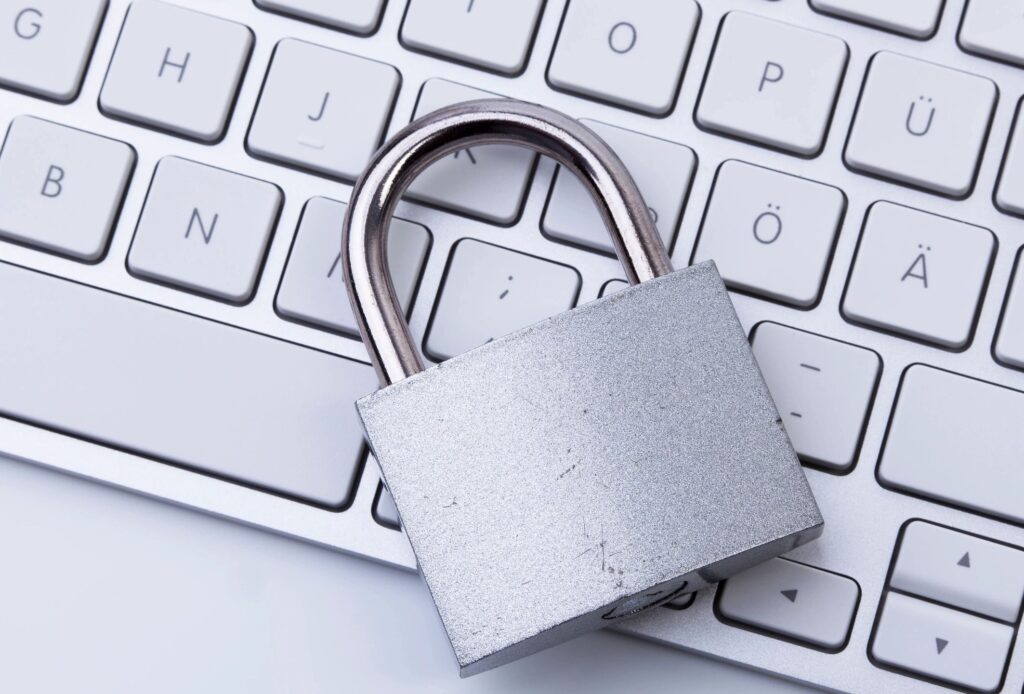
Gone “Phishing”; tips and tricks to avoid scams that try to hook you in to your personal data
You’re checking your email and you get a new notification. A new email that seems off, but you can’t quite put your finger on it. It looks similar to all the other emails you are receiving, but you still decide to investigate.
Where do you start? What do you look for? What are the signs that the email you received might be a potential phishing scam?
NGU’s Director of Cyber Security, Nigel Basta, has some answers and tools that you need to be the defenders of your personal data.
What is a phishing scam? According to Phishing.org, phishing is a cybercrime in which a target or targets are contacted by email, telephone or text message by someone posing as a legitimate institution to lure individuals into providing sensitive data.
The data can be personal identifiable information, banking and credit card details and passwords. The information that is gained can then be used to access your accounts, your data and lead to identity theft.
How do you combat phishing scams? Basta states, “The prevalence of phishing scams is at an all-time high. Because you are the key to preventing a cyberattack within your organization, it is important to question the legitimacy of every email you receive.”
Basta gives a list to check off to ensure the legitimacy of the emails they receive:
- Is the sender asking me to click on a link or open an attachment to avoid a negative consequence, or to gain something of value?
- Is the email out of the ordinary, or does it have bad grammar or spelling errors?
- Is the sender asking me to click a link or open up an attachment that seems odd or illogical?
- Do I have an uncomfortable gut feeling about the sender’s request to open an attachment or click a link?
- Is the email asking me to look at a compromising or embarrassing picture of myself or someone I know?
There are still more things to look at in order to determine if something is a scam. For example, hover over a link, to see if the embedded link matches up with the shared link.
Check who sent the email, and see if they are a reputable source. Look at the link itself. If it contains http, it’s not secure. If it contains https, it is a secured link, but it is no guarantee that the link isn’t malicious.
Basta states, “If you notice anything about the email that alarms you, do not click links, open attachments, or reply. You are the last line of defense to prevent cyber criminals from succeeding and making you or your company susceptible to phishing attacks.”
